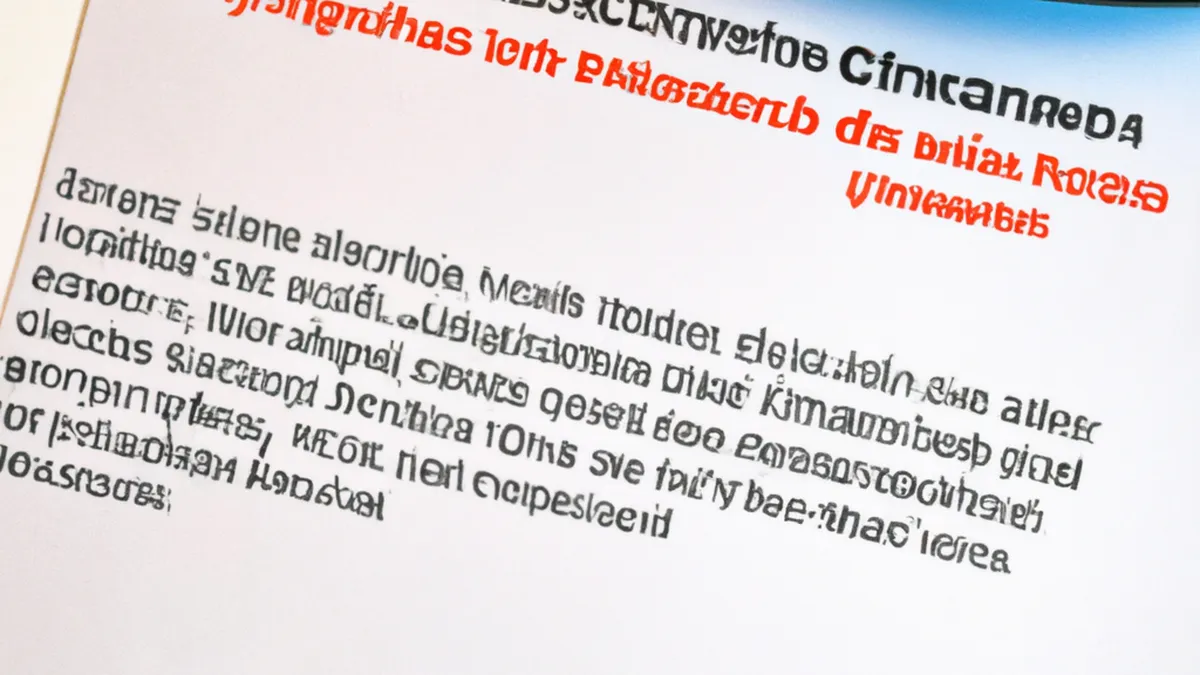Seamless Nutrition Timing through CGM Integration
The Impact of CGM on Nutritional Timing Strategies for Team Sports
Continuous Glucose Monitoring (CGM) technology has transformed how athletes manage nutrition. Team sports demand high energy and quick decisions, so athletes must optimize their nutritional intake. CGMs provide real-time glucose data, enabling athletes to adjust their nutritional strategies effectively. This blog post explores how CGM affects nutritional timing in team sports and highlights its benefits, applications, and future implications.
Understanding CGM Technology
CGM devices measure glucose levels continuously throughout the day. Small sensors attach to the skin and transmit data to a smartphone or monitor. This real-time information helps athletes make informed dietary choices based on their immediate needs.
In team sports, where performance can shift rapidly, CGM technology proves essential. By tracking glucose responses to various foods, athletes learn how their bodies process different nutrients. This knowledge guides their decisions on what to eat and when.
Real-Time Data for Immediate Feedback
CGM’s most significant advantage is its immediate feedback capability. During a game, if an athlete’s glucose levels drop, they can quickly consume fast-acting carbohydrates, like sports drinks or energy gels. This rapid response helps prevent fatigue and maintain energy levels, significantly impacting performance.
Additionally, real-time data benefits athletes during training sessions. Athletes can observe how their glucose levels react to specific foods and workouts. This insight allows them to create an effective training and nutrition plan tailored to their unique physiological responses.
Tailoring Nutritional Timing
Nutritional timing plays a crucial role in athletic performance, especially in team sports. Athletes must optimize energy levels at specific times. Traditional wisdom suggests eating certain foods before, during, and after games or training sessions. However, CGM allows athletes to personalize these timings based on their glucose responses.
For example, one athlete might find that consuming carbohydrates one hour before a game optimizes energy. Another might discover that a combination of protein and carbs two hours beforehand works better. With CGM data, athletes can adjust their pre-game meals, ensuring they have the right fuel when it matters most.
Practical Tips for Implementing CGM in Nutritional Strategies
To maximize CGM benefits, athletes can follow several practical tips. These strategies can enhance performance, recovery, and overall health.
Monitor Glucose Patterns
First, athletes should consistently monitor their glucose patterns over time. Understanding how different foods impact glucose levels is crucial for developing a personalized nutrition strategy. Some athletes may experience sharp spikes or drops after consuming certain carbohydrates.
Conclusion
In summary, CGM technology empowers athletes to optimize nutritional timing and enhance performance through personalized insights.
Below are related products based on this post:
FAQ
What is Continuous Glucose Monitoring (CGM) and how does it benefit athletes?
Continuous Glucose Monitoring (CGM) is a technology that measures glucose levels continuously throughout the day using small sensors attached to the skin. For athletes, CGM provides real-time data that helps them make informed dietary choices based on their immediate nutritional needs, allowing them to optimize their performance in team sports.
How can athletes use CGM to tailor their nutritional timing?
CGM allows athletes to personalize their nutritional timing by tracking how their glucose levels respond to different foods. This enables them to determine the optimal times to consume specific nutrients before, during, and after games or training sessions, ensuring they maintain energy levels when it matters most.
What practical tips can athletes follow to maximize the benefits of CGM?
Athletes should consistently monitor their glucose patterns over time to understand how different foods affect their glucose levels. By identifying these responses, they can develop a personalized nutrition strategy that enhances their performance, recovery, and overall health.















Post Comment